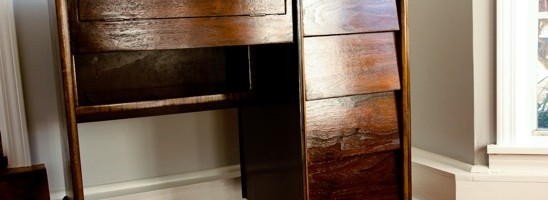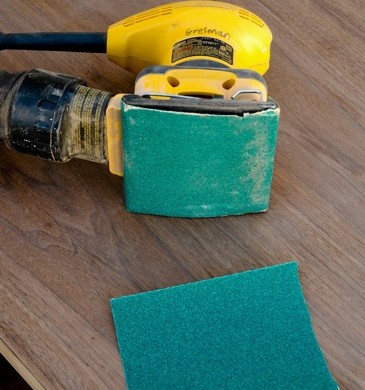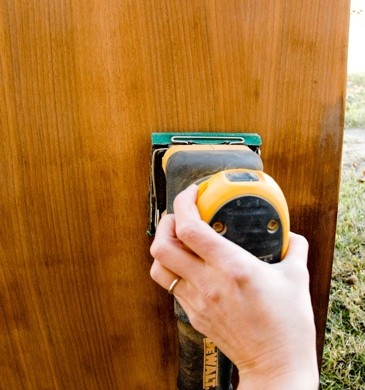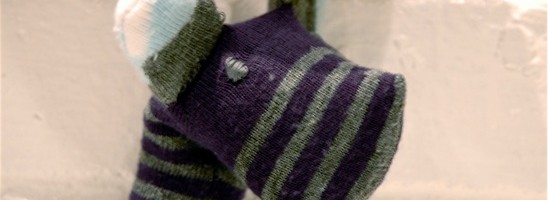Scrappy Plywood Art
I am not a professional painter, by any means. However, what I do have is plenty of time on my hands, leftover remodeling bits and a little creative inspiration. A small budget and the need to have some crap on my walls is my creative inspiration.
Today, we are going to make a piece of art from cheap plywood. And, it’s gonna be awesome.
What you will need:
Oops paint (this is paint that has been mis-tinted and is usually $5 a gallon at most hardware stores), or leftover paint you no longer have feelings for.
A paintbrush, sanding block or sand paper, a tape measure, a skill saw with a wood blade, polyurethane (I use the fast drying kind) and a scrappy piece of plywood.
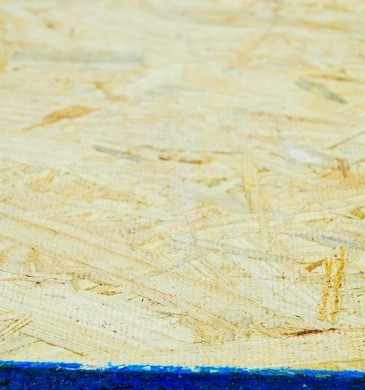
I spare EVERY expense when it comes to art that I might burn later on if I hate the outcome. Get the cheap ‘chipboard’. It has a blue edge. A 4×8 sheet of this stuff costs around $10, or go by a salvage store and buy some scrap.

You will need an electric drill and 2” drywall screws (that is, if you want to hang your art directly onto the wall like I do.) Otherwise, you can mount picture hanging devices on the back and hang it the old fashioned way.

Custom measure how big you want your artwork to be. Draw a line with a level and cut that sucker.
I wanted a large piece over our bed, so I went with a 4’x3’ piece of scrap plywood.
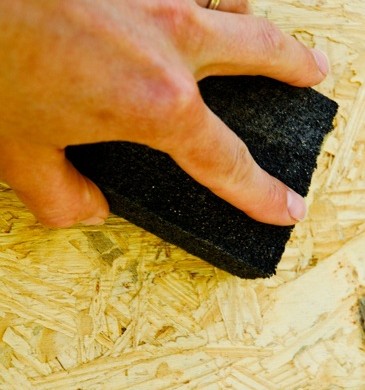
Sand the edges and any burrs that are sticking up on the face of your plywood lightly.

Next, draw a silhouette-type design on it. I decided to go for a deer head with antlers.
I know, don’t freak out. If you think you can’t draw, google ‘silhouette’ and find a design you like. Print it off and outline your design like you are in kindergarten. Don’t worry, it doesn’t have to be perfect.
Check out my line work below and it will make you feel better.

Use your oops paint to fill in the silhouette. Again, it does not have to be perfect. This is a rough piece of plywood and the paint will not go on in a straight line all of the time. That’s what makes this cool…and easy.
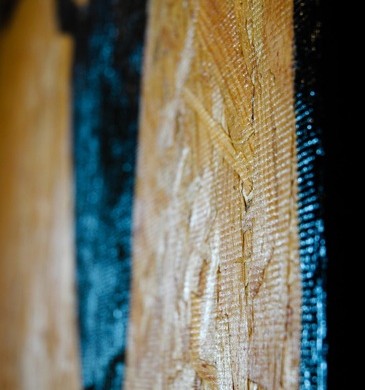
Paint the edges of the plywood and wrap it around to the front of your painting about a half of an inch. This will make a nice border to showcase your awesome talent.

After your paint has dried, break out the polyurethane. I usually buy one of those disposable foamy brushes, but I didn’t have any on hand. If are applying polyurethane with a paintbrush, make sure that it is an ‘oil’ paintbrush. You will also need mineral spirits to clean it out. Yuck.
Thus the reason why I usually buy a foamy brush. Let the poly dry. You can apply a second coat of poly if your wood is really thirsty or you want it doubly shiny.
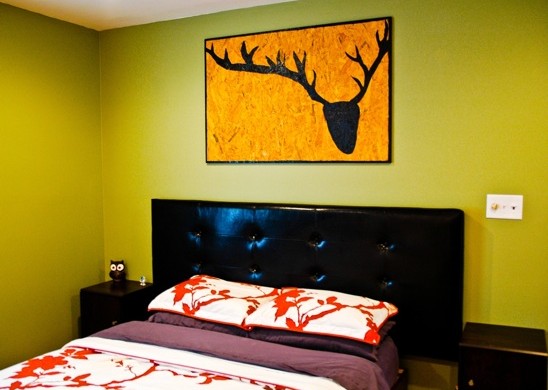
Now is the glorious moment.
I hung this piece by drilling straight through with 2” drywall screws on the black sections of the silhouette. I then touched up the screw heads with more black paint.
You can also use picture hanging devices that attach to the back side of the plywood and hang it as most normal people do.
But you know I have never enjoyed being normal…

